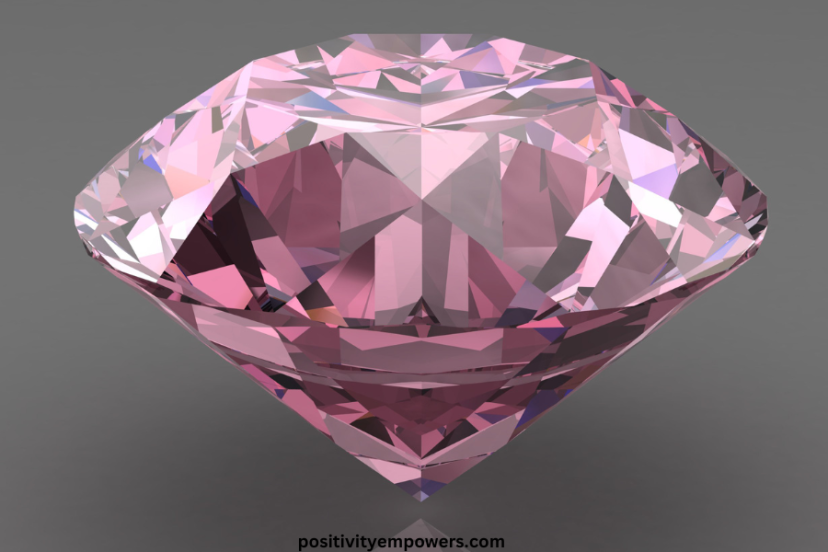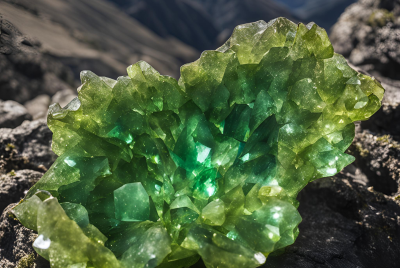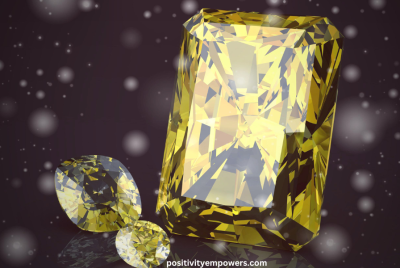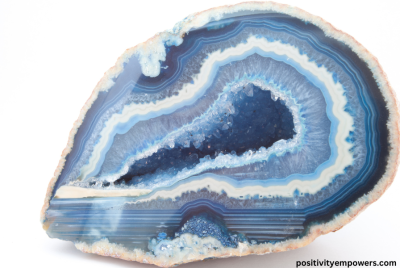Pink Sapphire – A Buyer’s Guide to Price, Value, and Meaning
Let me introduce you to the pink sapphire. A gemstone that’s elegant, durable, and brimming with charm. Whether you’re shopping for an engagement ring, a necklace, or just exploring the world of gemstones, pink sapphire has an irresistible allure that’s hard to ignore. In this guide, I’ll walk you through everything you need to know about this stunning pink gemstone. From its stunning varieties and powerful benefits to expert tips on choosing the perfect one and where to find it.
What is Pink Sapphire?
Pink sapphire is a variety of the mineral corundum, the same family as the iconic blue sapphire. It owes its pink hue to trace amounts of chromium, which also gives rubies their vibrant red color. The intensity of pink can range from a delicate pastel to a deep magenta, making it a versatile choice for different tastes.
How It Differs from Other Gemstones
Unlike diamonds or rubies, pink sapphire strikes a balance between luxury and accessibility. It’s more affordable than a pink diamond yet offers comparable durability and brilliance, making it a practical yet exquisite option for jewelry.
Types of Pink Sapphire
Natural Pink Sapphire – A Rare Romantic Treasure
This is the real deal, mined directly from the earth and untouched by human alteration other than cutting and polishing. Natural pink sapphires are cherished for their authenticity and unique inclusions, which tell the story of their formation.
Lab Grown Pink Sapphire – A Modern Marvel
Lab gown pink sapphires, also known as synthetic sapphires, are a fantastic alternative to their natural counterparts. These stunning pink gemstones are not fakes or imitations, they are genuine sapphires grown in controlled laboratory conditions. They share the exact chemical composition, crystal structure, and physical properties as natural sapphires. They are made of corundum (aluminum oxide), the same mineral that forms naturally in the Earth over millions of years. The only difference is their origin. Lab grown sapphires are grown using advanced technology in a fraction of the time.
Padparadscha Sapphire
The rarest of pink sapphires, padparadscha exhibits a blend of pink and orange hues. Its exotic color and limited availability make it a coveted gemstone for collectors.
Durability and Everyday Wear
Rated 9 on the Mohs scale, pink sapphire is nearly as hard as a diamond. This makes it ideal for daily wear without worrying about scratches or damage.
Origins of Natural Pink Sapphire
Pink sapphires are formed deep within the earth under intense heat and pressure. Over time, they’re brought closer to the surface through geological processes.
Major sources include Sri Lanka, Madagascar, and Myanmar. Sri Lankan sapphires are known for their vibrant hues, while Madagascar’s gemstones often have a softer, pastel-like quality. However, ethically mined pink sapphires are becoming increasingly important to buyers. Look for certifications from trusted organizations to ensure responsible sourcing.
Price Ranges for Pink Sapphire
Prices depend on factors like color intensity, clarity, cut, and whether the sapphire is natural or lab-created. Rarer colors, like padparadscha, fetch higher prices.
Natural vs. Lab-Created Sapphires
Lab created sapphires and natural sapphires are chemically and physically identical, but their origins set them apart. Natural sapphires are formed over millions of years deep within the Earth, making each stone unique with subtle inclusions and variations. Lab-created sapphires, on the other hand, are grown in controlled environments using the same elements found in nature, resulting in flawless clarity and vibrant color. While natural sapphires carry the rarity and allure of being earth-mined, lab-created versions offer a more affordable and ethical alternative without compromising on beauty or durability.
Lab-created sapphires and synthetic sapphires are the same thing. Both terms refer to sapphires that are grown in a laboratory, not mined from the Earth. The word “synthetic” often causes confusion because it sounds like “fake,” but in gemology, synthetic simply means man-made, not imitation. These stones have the same hardness, brilliance, and composition as natural sapphires, they’re just more affordable and often more flawless due to their controlled growth environment.
Price Differences
Natural pink sapphires can range from $500 to $7,000 per carat, depending on quality. Lab-created options are often more budget-friendly, starting at around $50 per carat.
How to Tell the Difference Between a Natural and Fake Pink Sapphire
The 4 Cs of Pink Sapphire
- Color: Look for a rich, vibrant pink that suits your preference.
- Clarity: Fewer inclusions mean higher value.
- Cut: A well-cut sapphire maximizes brilliance.
- Carat Weight: Larger stones are rarer and more expensive.
Popular Cuts and Settings for Pink Sapphire Jewelry
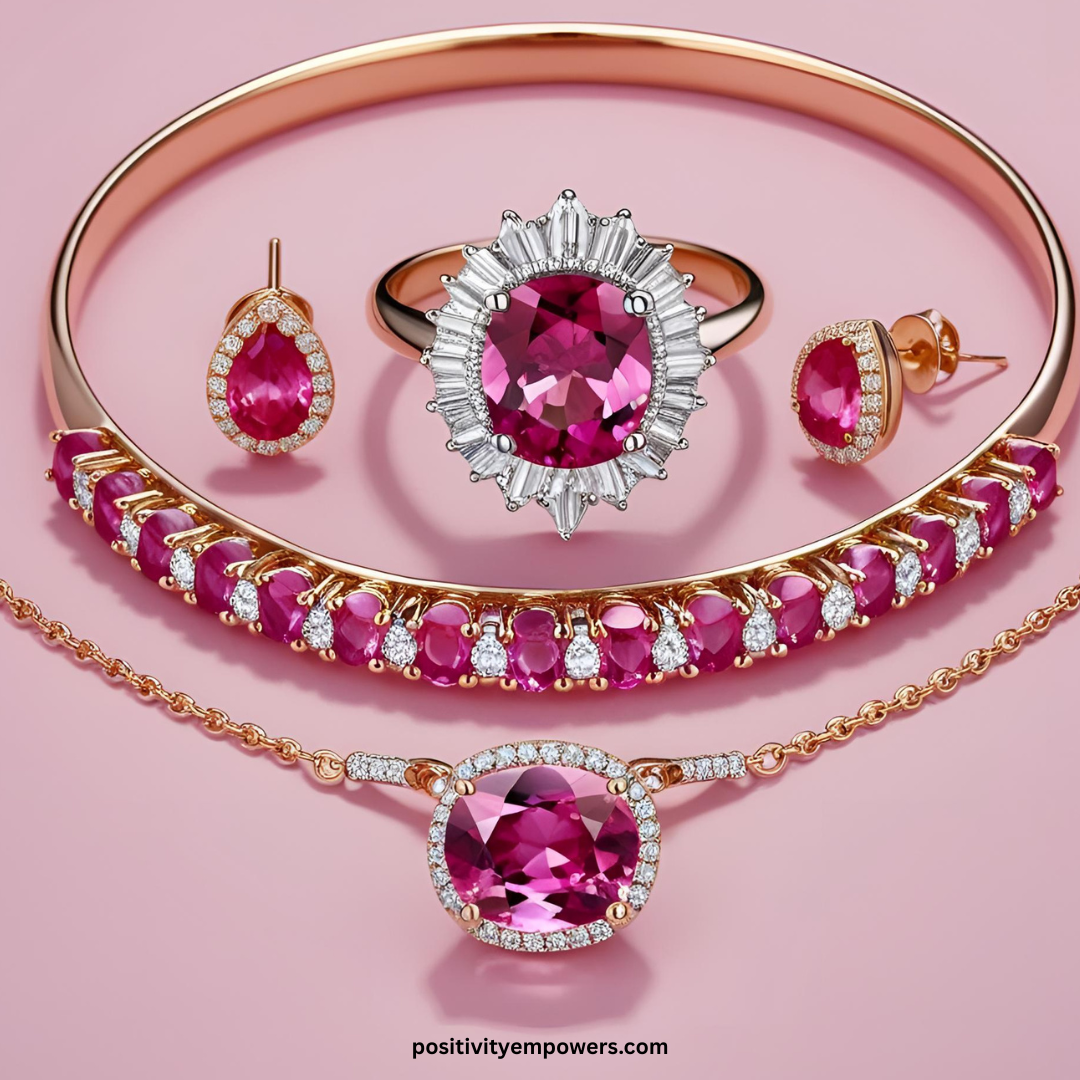
Popular Cuts – Oval, Cushion, and More
Oval and cushion cuts are favored for their timeless elegance, while round and emerald cuts offer a modern touch.
Ideal Settings for Engagement Rings
Halo and solitaire settings highlight the pink sapphire’s unique beauty, while vintage designs add a touch of nostalgia.
Pink Sapphire in Other Jewelry
Pink sapphires also shine in necklaces, earrings, and bracelets, offering versatility for both casual and formal occasions.
How to Care for Pink Sapphire
Cleaning and Maintenance
Use a soft brush and warm, soapy water to clean your pink sapphire jewelry. Avoid harsh chemicals or ultrasonic cleaners that could damage the setting.
Long-Term Durability Tips
Store your jewelry separately to prevent scratches, and have it inspected regularly to ensure the setting remains secure.
Final Thoughts
Pink sapphire is a captivating gemstone that combines stunning beauty, lasting durability, and deep symbolism. Its romantic blush tone speaks of love and strength, making it a meaningful and stylish choice for both everyday wear and special occasions. Whether you’re selecting a natural pink sapphire for its rarity and prestige or choosing a lab-created version for its affordability and ethical appeal, you’re making a smart investment. Natural pink sapphires tend to be significantly more expensive due to their scarcity, while lab-created ones offer the same brilliance and composition at a fraction of the cost. Either way, a pink sapphire adds timeless elegance and personal significance you’ll treasure for years to come.
FAQs
- What is the rarest type of pink sapphire?
The padparadscha sapphire, with its pink-orange hue, is the rarest and most valuable variety. - Are they good for engagement rings?
Absolutely! Their durability and romantic color make them a perfect choice for lifelong wear. - How can I tell if a pink sapphire is natural?
Check for certification from reputable gemological labs, like GIA, to verify authenticity. - Are lab-created pink sapphires as durable as natural ones?
Yes, the lab-created ones have the same physical and chemical properties as natural stones.

